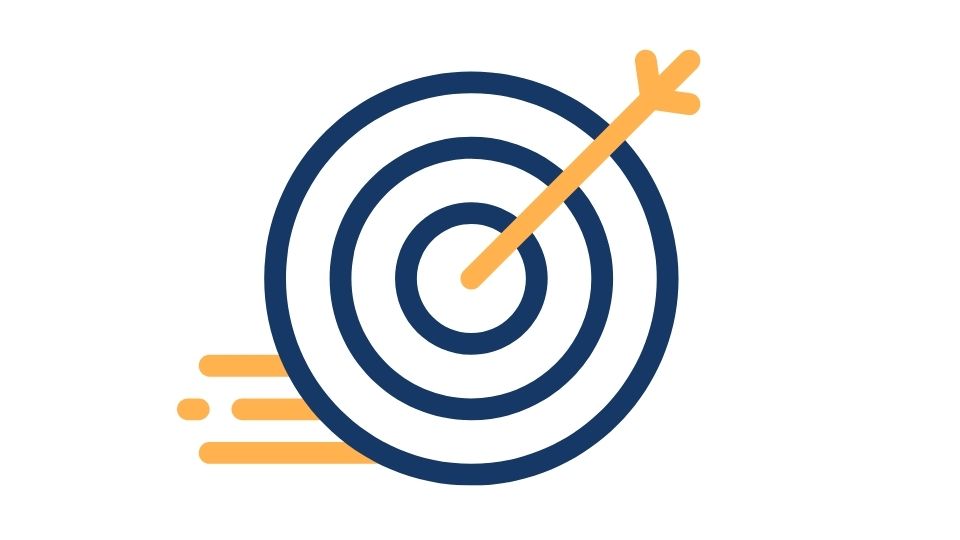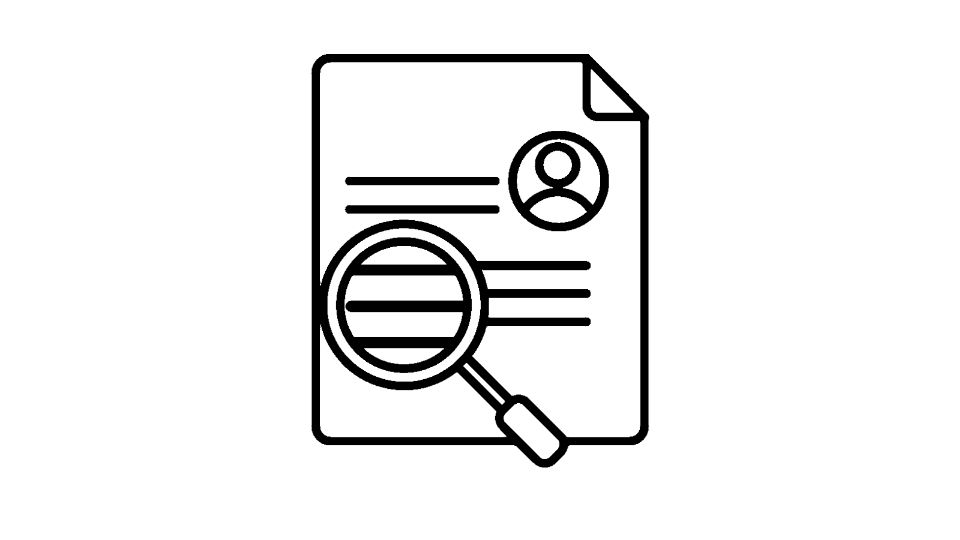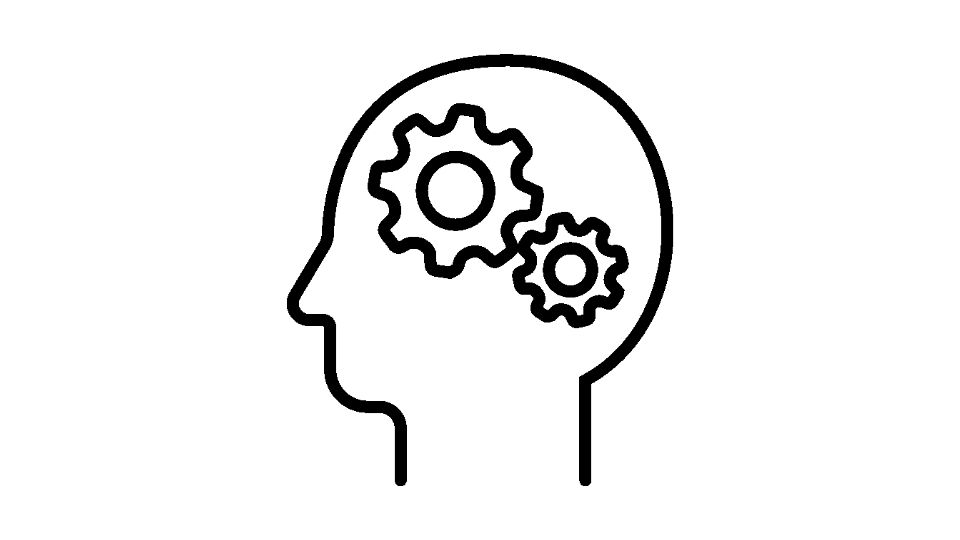How Meal Tracking Can Transform Your Chronic Fatigue Syndrome Management
Ever caught yourself wondering why your energy levels tank at certain times of the day?
Or why some days you feel like absolute garbage after eating? If you’re battling Chronic Fatigue Syndrome (CFS), tracking what you eat might be the missing puzzle piece in your health journey.
CFS (also called myalgic encephalomyelitis or ME) isn’t just about feeling tired – it’s a complex condition often accompanied by gut issues and food sensitivities that can make everyday life feel like climbing Mount Everest.
But here’s the good news: what you eat matters, and keeping tabs on it could be your secret weapon.
Why Meal Tracking Works for Chronic Fatigue
Let’s face it – when you’re exhausted all the time, the last thing you want is another task on your plate (pun intended). But hear me out: tracking your meals might be worth the effort because it helps you:
- Identify your personal food triggers
- Maintain stable energy throughout the day
- Ensure you’re getting the nutrients your body desperately needs
- Create patterns you can show your healthcare providers
A comprehensive study on nutritional approaches for CFS shows that dietary management is crucial for symptom relief and improving quality of life. It’s not just about eating “healthy” – it’s about eating right for YOUR body.
The Nutrition Trifecta for Fighting Fatigue

If you’re living with CFS, your plate should include three key components:
1. Complex Carbohydrates: Your Brain’s Best Friend
Think of complex carbs as time-release energy capsules for your brain.
- Whole grains like brown rice and millet
- Sweet potatoes and other starchy vegetables
- Legumes like lentils and beans
These foods release glucose slowly, helping maintain stable blood sugar levels – which is exactly what you need when fatigue is your enemy.
2. Quality Proteins: The Repair Crew
Proteins are the building blocks your body uses to repair itself. But here’s the catch – too much animal protein can increase inflammation (which you definitely don’t need more of with CFS).
Good options include:
- Moderate amounts of lean animal proteins
- Plant-based proteins like tempeh and legumes
- Eggs (if tolerated)
3. Colorful Veggies: Your Nutrient Powerhouse
Vegetables, especially leafy greens, are packed with antioxidants like beta carotine and chlorophyll that:
- Support gut lining repair (crucial since many CFS patients have gut issues)
- Aid detoxification processes
- Provide essential fiber
The Gut-Fatigue Connection You Can’t Ignore

Did you know that up to 92% of CFS patients experience gastrointestinal disturbances?
Many people with CFS have concurrent conditions like Irritable Bowel Syndrome, and research shows strong connections between gut health and fatigue symptoms. Common culprits include:
- Wheat and gluten products
- Dairy foods
- Processed foods high in additives
- High-FODMAP foods (for some people)
When your gut is unhappy, nutrients don’t get absorbed properly, inflammation increases, and your fatigue gets worse. It’s a vicious cycle that tracking can help break.
Tech Tools That Make Tracking Easier
Let’s be real – when you barely have energy to make breakfast, complicated food journals aren’t happening. Thankfully, there are apps designed specifically for people with chronic conditions:
Symptom-Food Correlation Apps
Apps like mySymptoms and Flaredown let you track both what you eat AND how you feel, then analyze the connections between them. They’re like having a personal food detective working for you.
Nutrition-Focused Trackers
Cronometer offers incredibly detailed nutrient tracking – perfect if you’re working with a healthcare provider who wants to monitor specific deficiencies common in CFS.
Low-Energy-Friendly Options
Some days, even opening an app feels like too much. Text-based trackers allow you to simply send a message with what you ate and get instant feedback without the energy drain of navigating complex interfaces.
Beyond Just Logging Food

Effective meal tracking for CFS goes way beyond just writing down what you ate. It’s about:
- Maintaining consistent energy through balanced nutrition
- Discovering your personal triggers that worsen fatigue or gut symptoms
- Optimizing supplement use to address nutritional gaps
- Supporting your healthcare team with actual data instead of vague recollections
- Reducing mental load around food decisions
The payoff? Less guesswork, more control, and hopefully, more good days than bad ones.
How to Get Started Without Overwhelming Yourself

If you’re thinking “this sounds great but I’m too tired to start,” I get it. Here’s how to ease in:
- Start small – track just one meal a day
- Focus on symptoms first, then connect them to foods
- Look for simple tracking systems designed for people with chronic illness
- Get help – ask a family member to help you log meals on bad days
- Remember: imperfect tracking is still valuable tracking!
Meal tracking won’t cure your CFS, but it might just be the tool that helps you understand your body better and reclaim some control over your symptoms. And when you’re fighting an invisible illness like chronic fatigue, every bit of control matters.
Your body is already talking to you about what it needs – tracking just helps you learn the language.




Leave a Reply